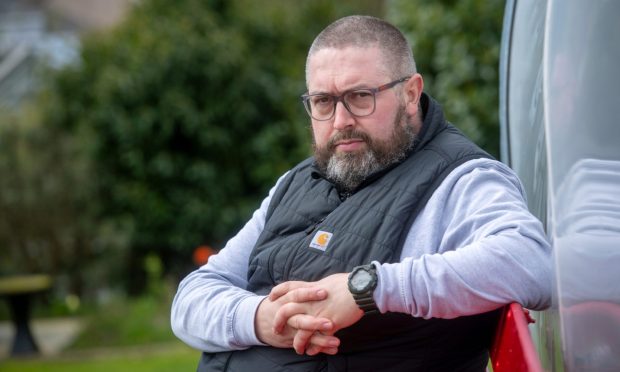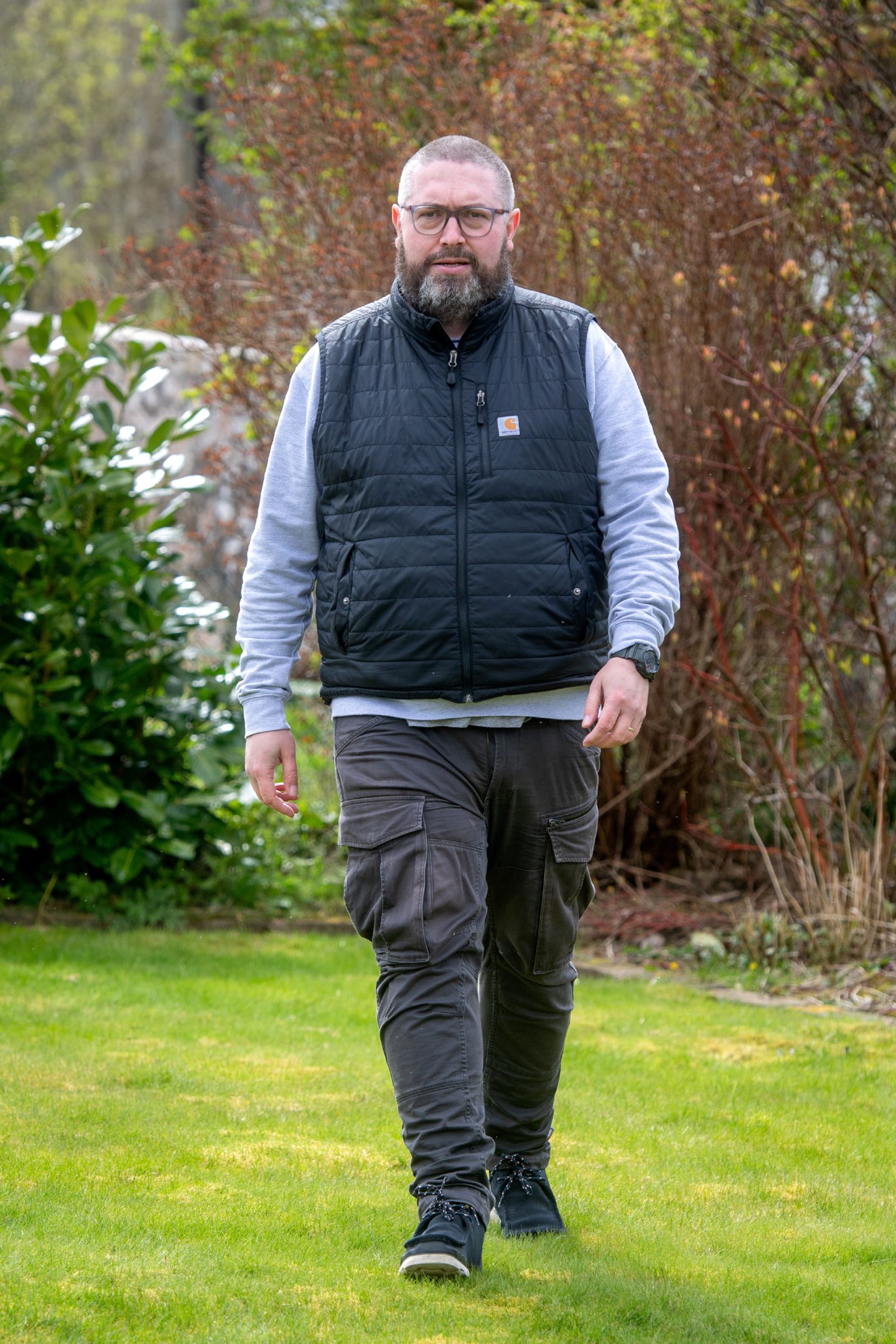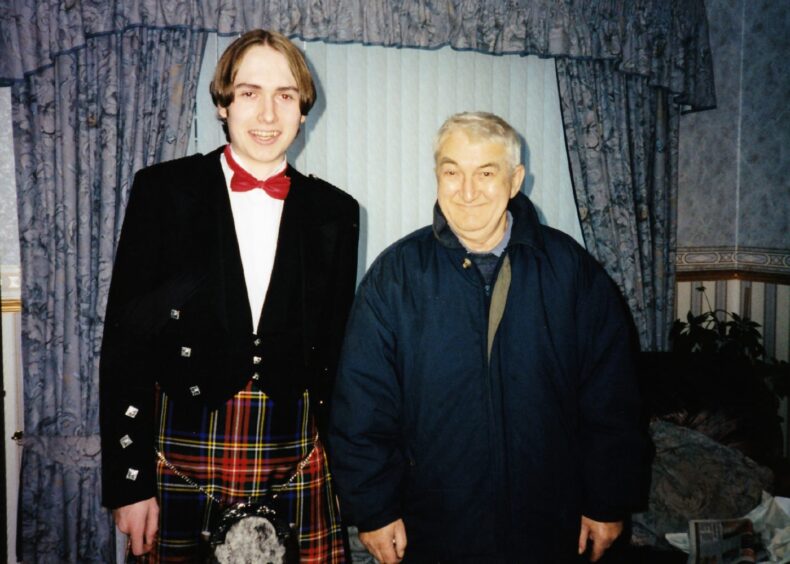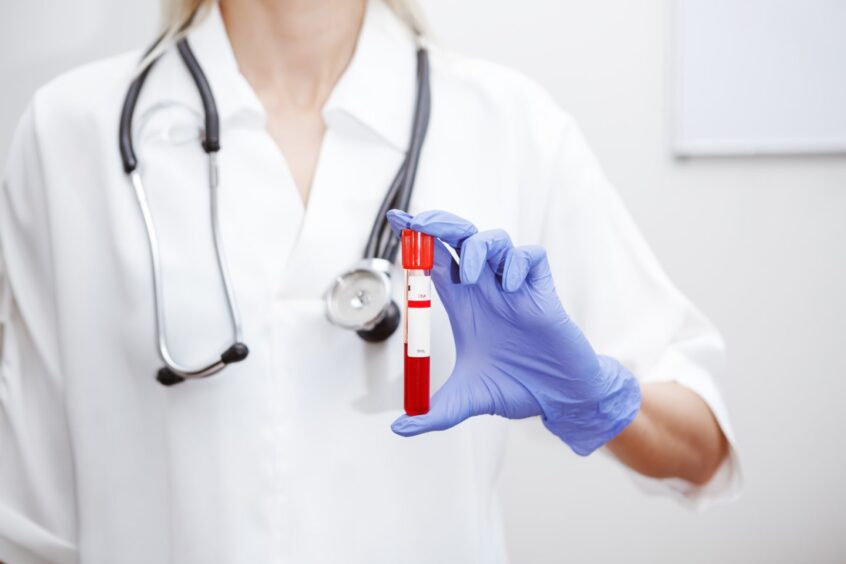An Aberdeenshire victim of contaminated NHS blood products has said he feels vindicated by a landmark report into the scandal.
Martin Reid, a hemophiliac who was infected with hepatitis C as a young boy through the use of tainted Factor 8 clotting injections, hailed Sir Brian Langstaff’s report, released on Monday after a five-year inquiry.
Mr Reid, 43 from Oyne, said it will help bring justice to the thousands of victims of the scandal, who were given unscreened blood and blood products between the 1970s and early 1990s.
“A lot of what’s in the report is exactly what people have been saying for years; that it was a cover up of evidence, that there were a number of warning signs and complacency,” Mr Reid said.
“And that for whatever reason, these warning signs were ignored by the medical professionals and the civil service, with the result that so many people have died and been infected and left affected.
“There’s a lot of vindication there. I think that a lot of people will feel relieved now.”
What is the infected blood inquiry about?
The scandal has been called the biggest in NHS history, with an estimated 30,000 haemophiliacs or transfusion recipients in the UK infected with HIV or hepatitis C – in some cases both – over more than two decades.
The unscreened blood came from donors including prisoners and drug addicts in the US who were paid for their donations.
Mr Reid is one of 480 people with bleeding disorders in Scotland known to be infected by the blood products.
Another victim was Mr Reid’s grandfather, Isaac Middleton, who was also a haemophiliac.
Mr Middleton died in 1997 through complications that his grandson and family believe were caused by his hepatitis B and C.
“For myself and for many others, it’s very sweet seeing these answers in black and white and reading through this report,” Mr Reid said. “But the sad thing is, it is not going to bring any of our loved ones back.
He continued: “It’s a real tragedy with so many people who gave testimony to the infected blood query aren’t here to see this final report. So I think it’s a very bittersweet day.”
A memorial to the victims across the UK
Mr Reid, who successfully treated his hepatitis with a viral clearing therapy, was one of hundreds to give a witness statement to the inquiry.
He has likened it the ongoing Post Office Horizon inquiry, brought to national attention by ITV programme Mr Bates vs The Post Office.
He also backed inquiry chair Sir Brian’s recommendation for compensation, saying it should be paid out immediately to help people who are “literally dying”.
“It has to happen now,” he said. “I don’t think the UK Government have got anywhere else to hide.”
Mr Reid, who grew up in Mastrick in Aberdeen and now lives in Oyne with his wife and two children, backed another of the report’s recommendations – a memorial to the victims.
“It would be fitting to have a memorial in each of the four countries,” he said. “So people in Scotland, people in Wales, people in Northern Ireland, have got a destination we can go to, to remember their loved ones.
“It will also act as a constant reminder to the public and government that something went wrong.”
What did the infected blood inquiry report say?
The 2,527-page report, released early Monday afternoon, contains scathing criticism of the NHS and government ministers, who are blamed for allowing the scandal to happen.
The report says the scandal was preventable but was subject to a cover-up amid a “catalogue of failures”.
It highlights the use of a “subtle, pervasive and chilling” cover-up through the use of denial and obfuscation and caused by a culture in which “financial and reputational considerations predominated”.
In the summary, Sir Brian writes: “I have to report that it could largely, though not entirely, have been avoided. And I have to report that it should have been.”
He estimates 3,000 people died because of infected blood, blood products and tissue.
One of the most shocking parts of the scandal was that children at a school for heamophiliacs were used as “objects for research”.
Pupils at Lord Mayor Treloar College in the 1970s and 80s were given contaminated plasma even though their health care professionals knew the risks involved.
According to PA Media, of the 122 pupils with haemophilia that attended the school between 1970 and 1987, only 30 are still alive.
You can read Mr Reid’s full heartbreaking story of he and his grandfather’s infections here.



